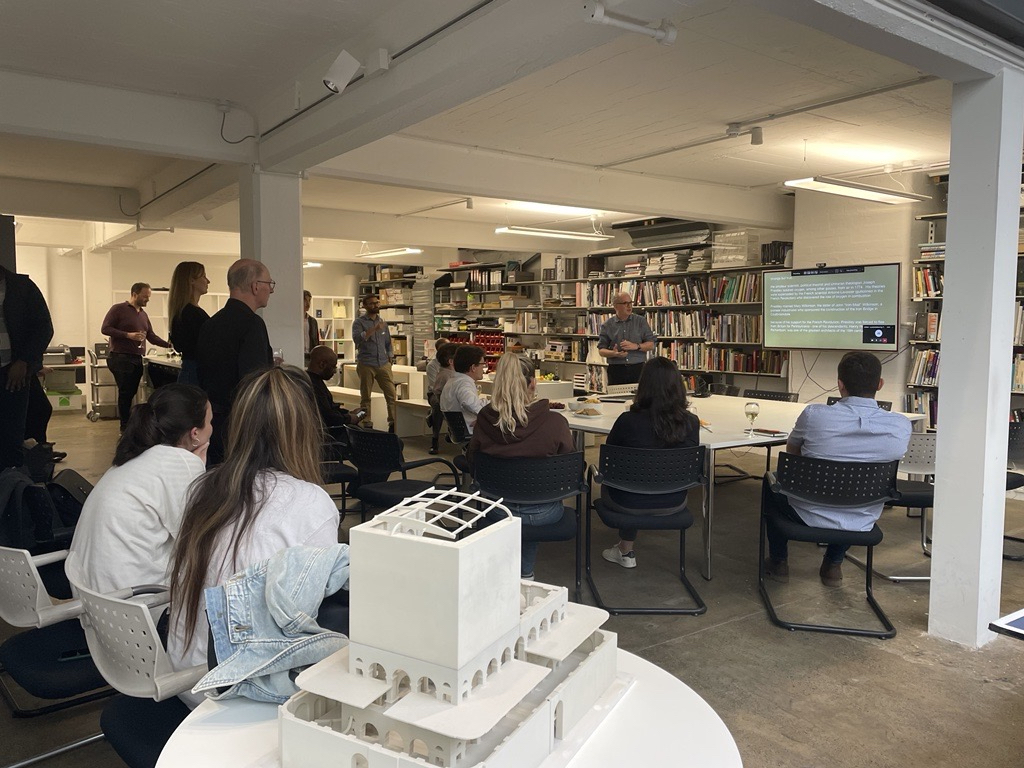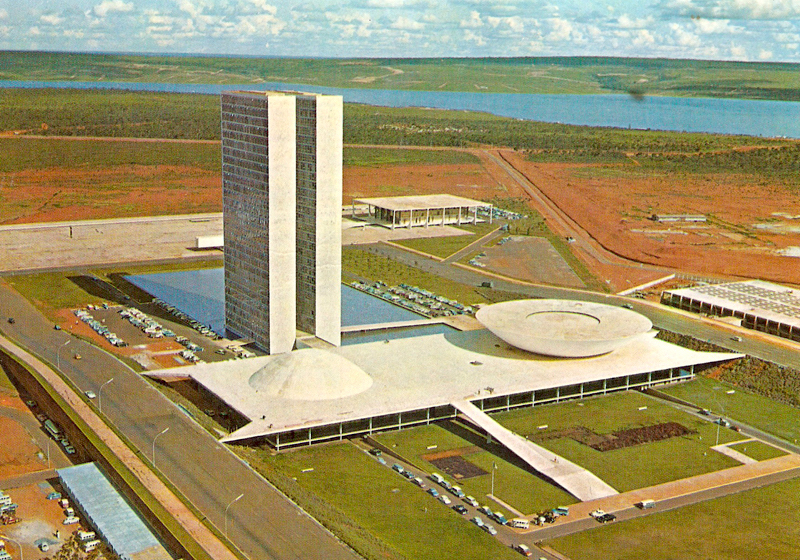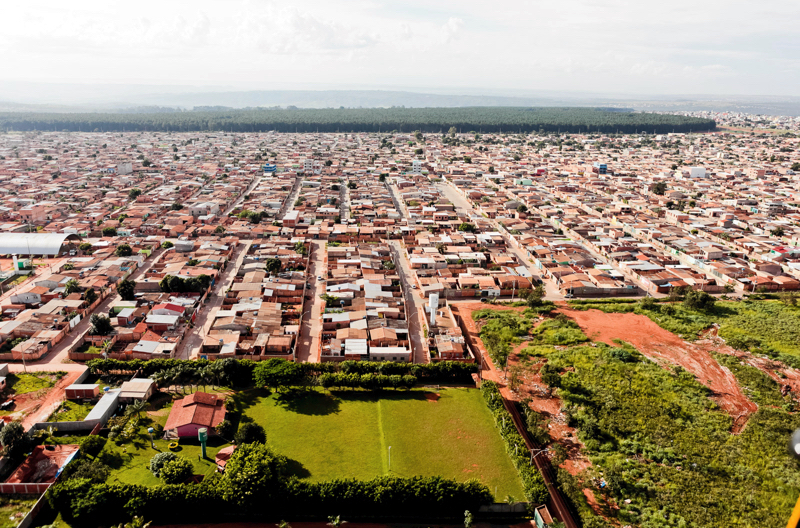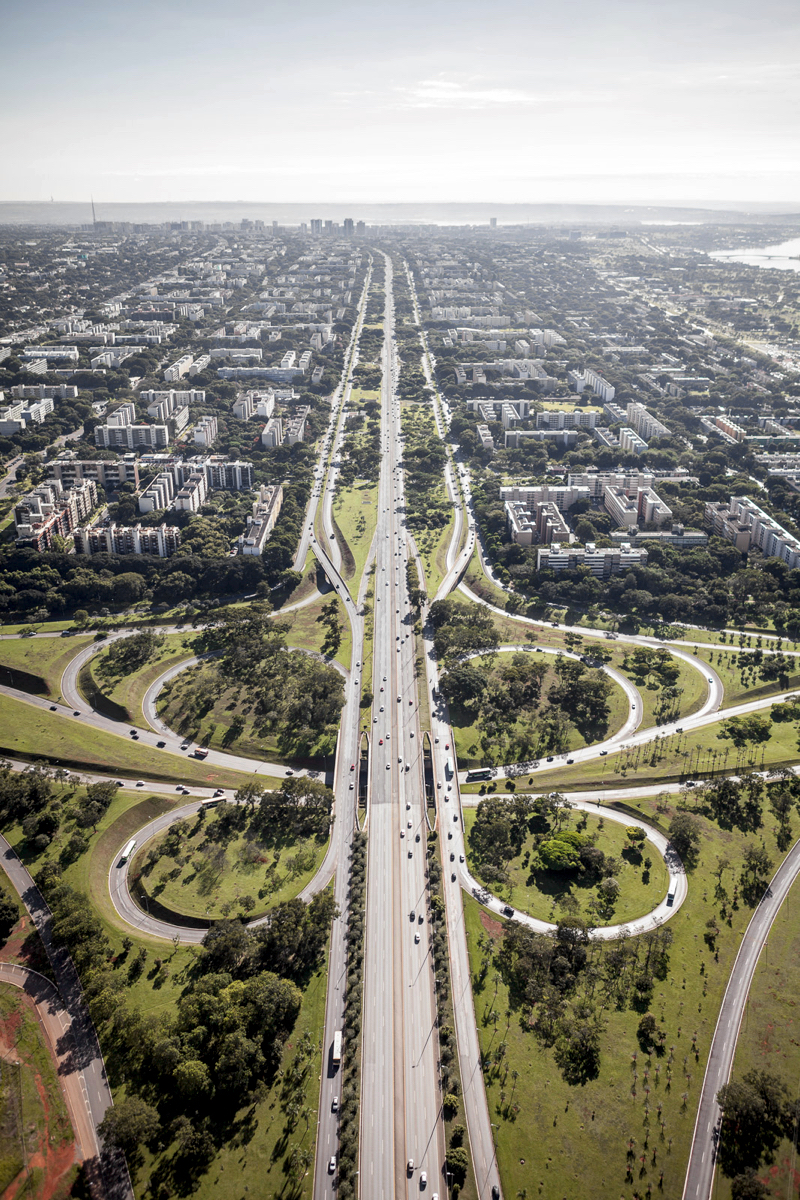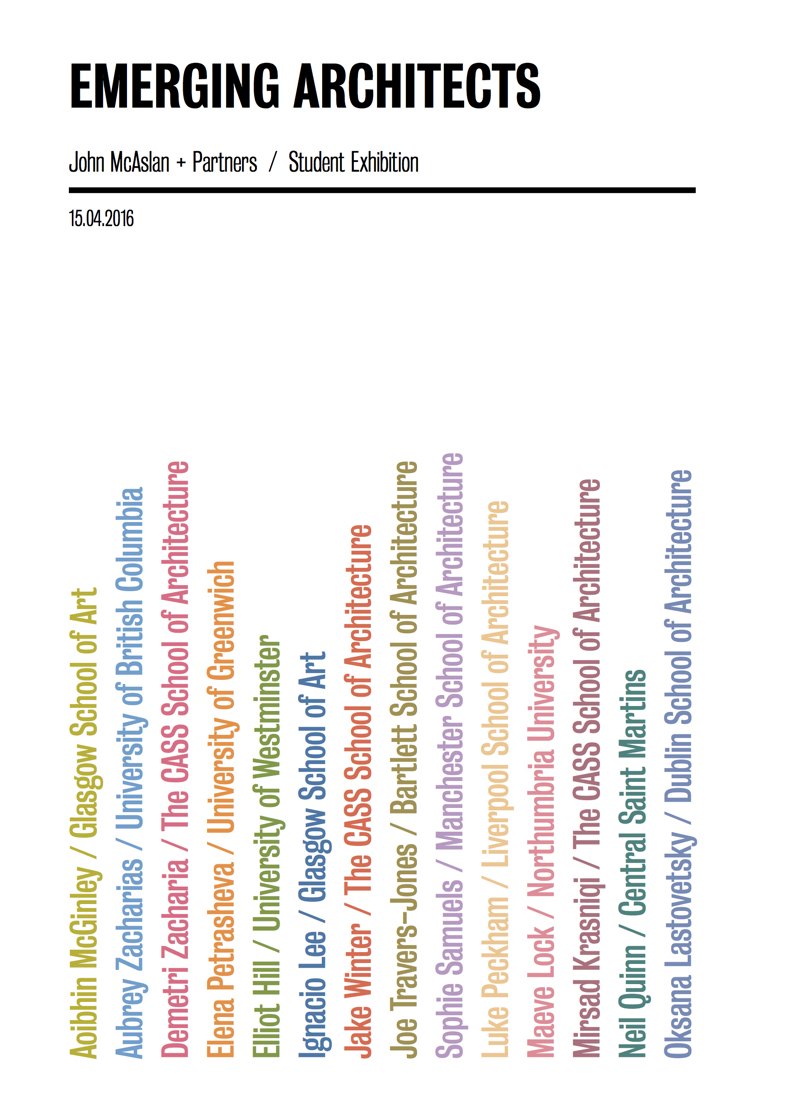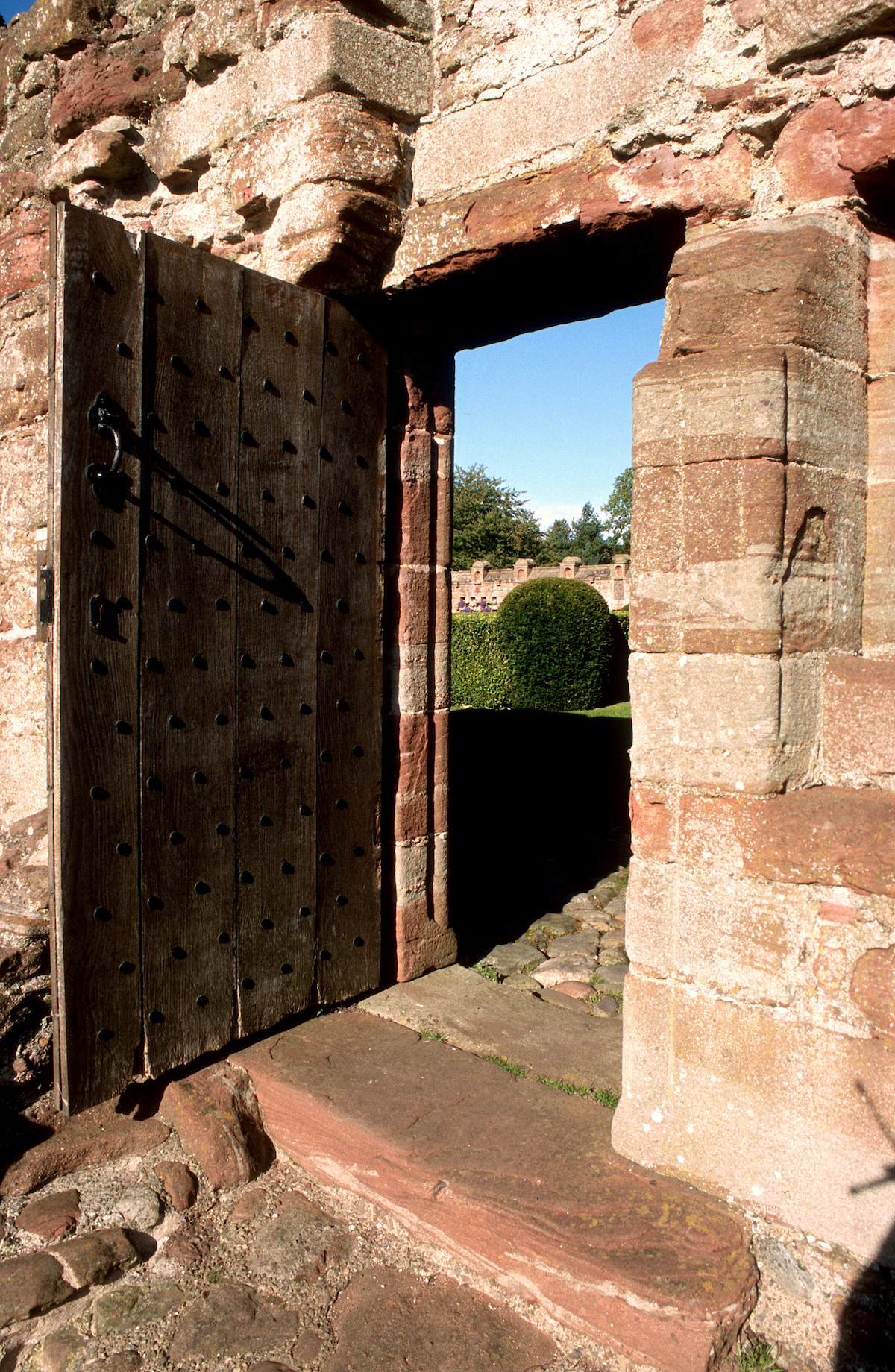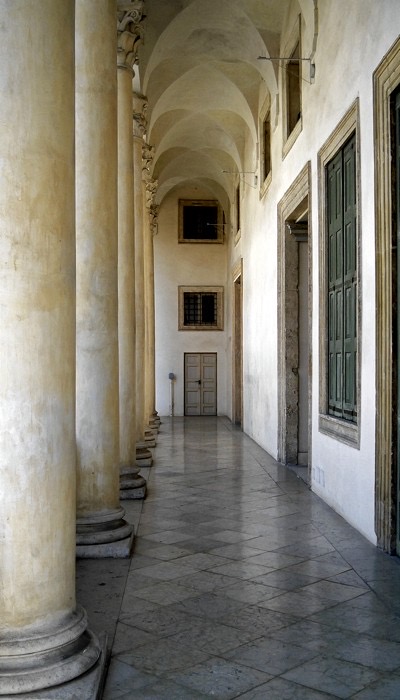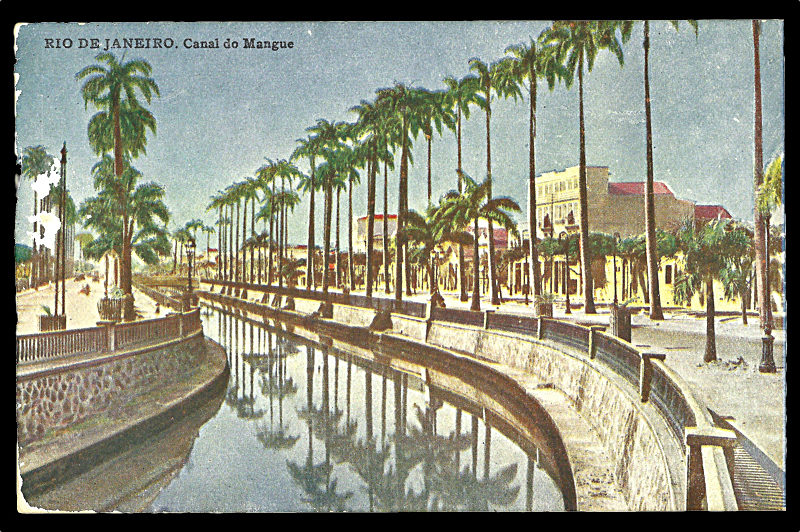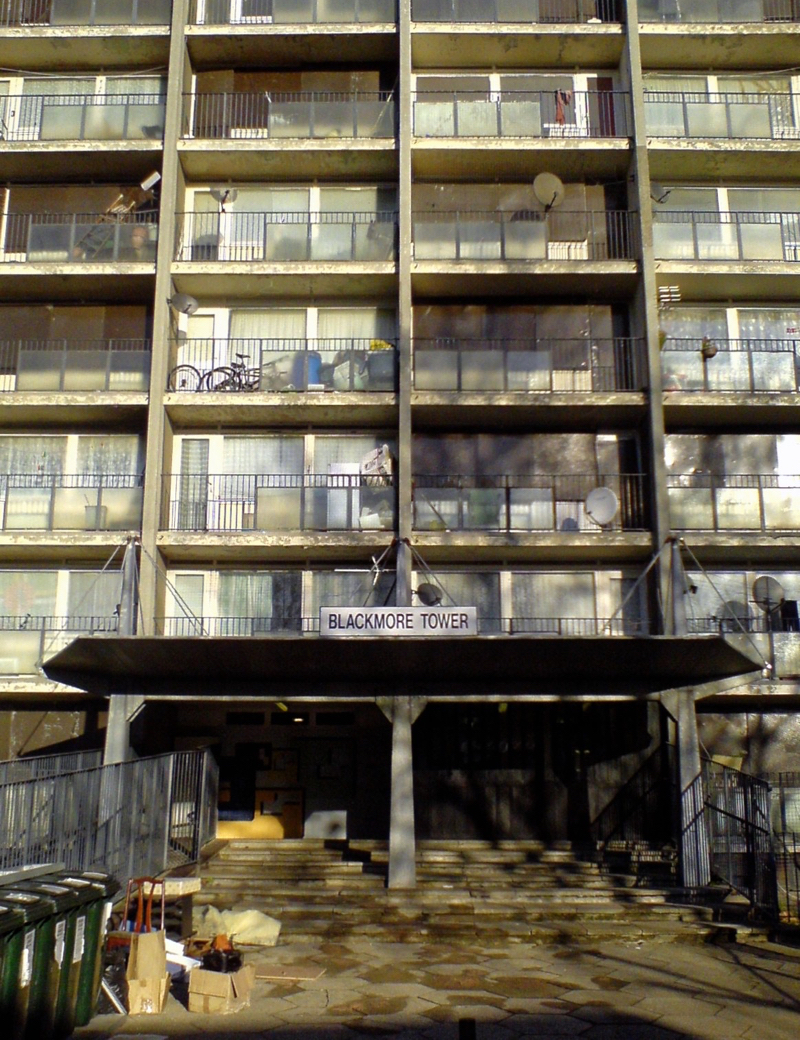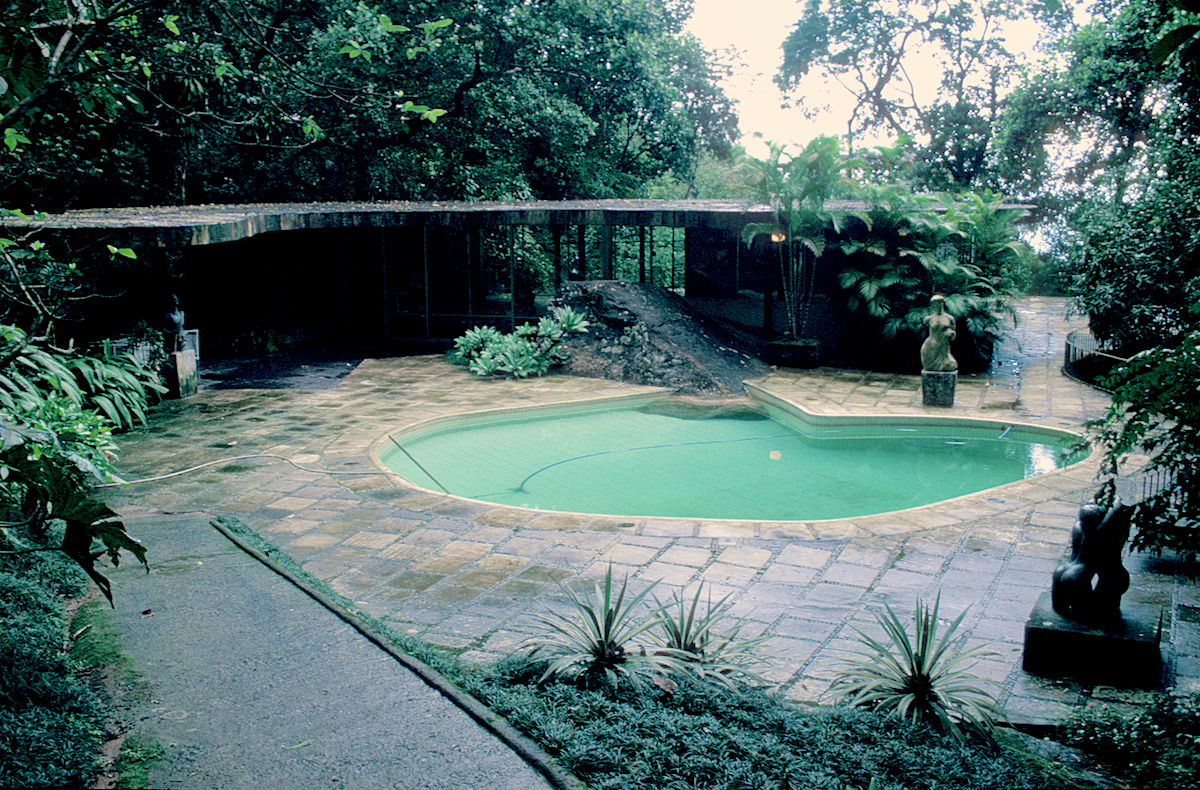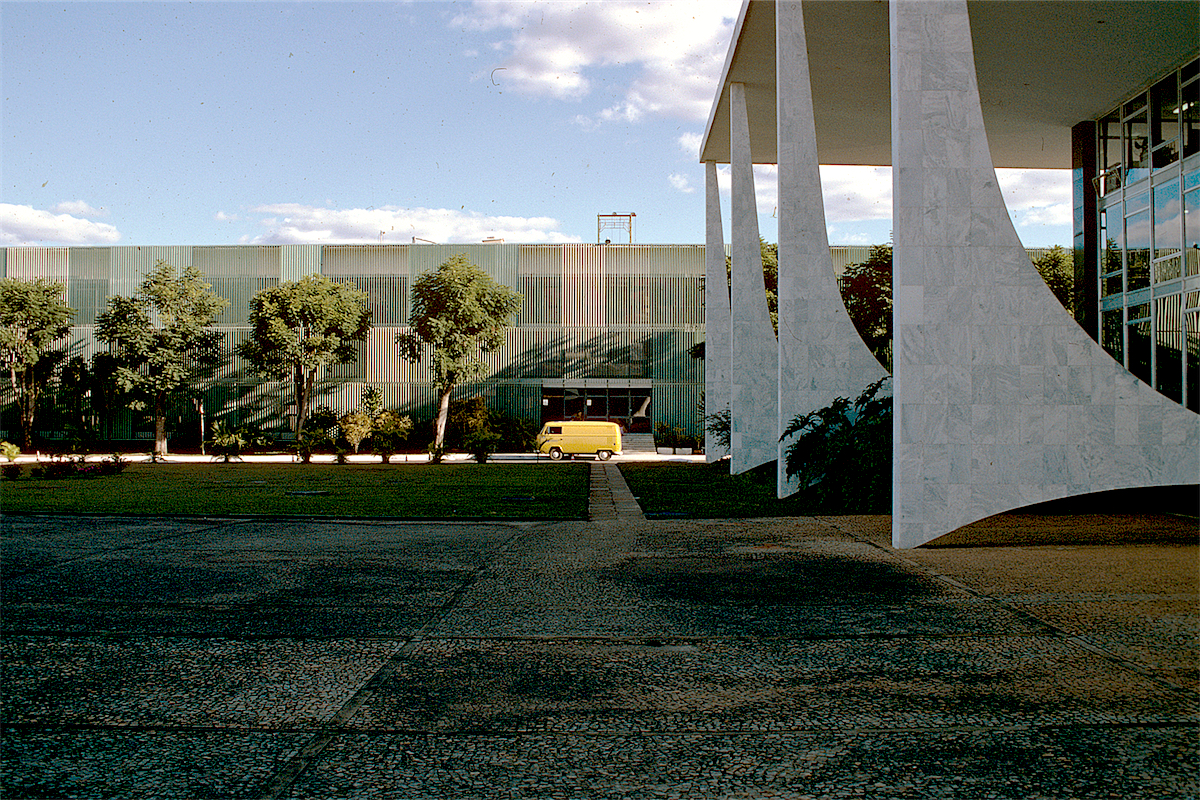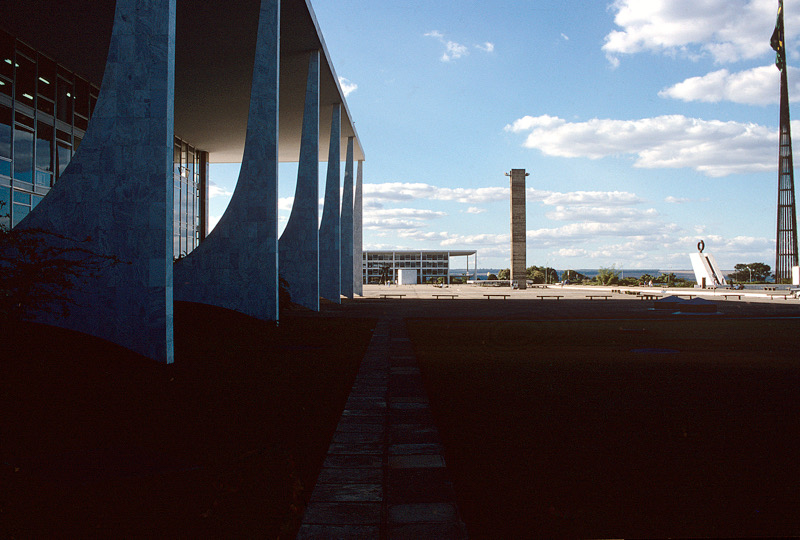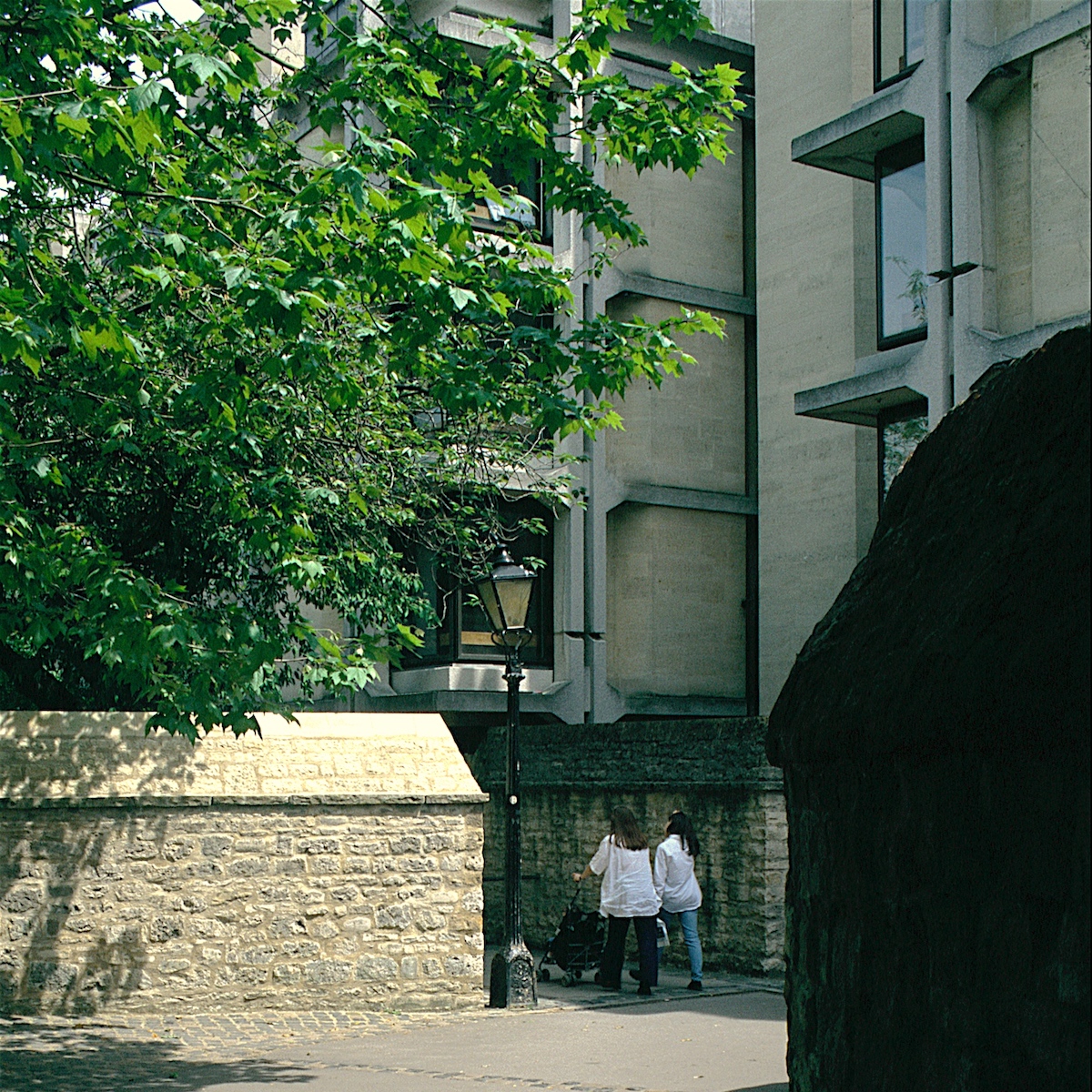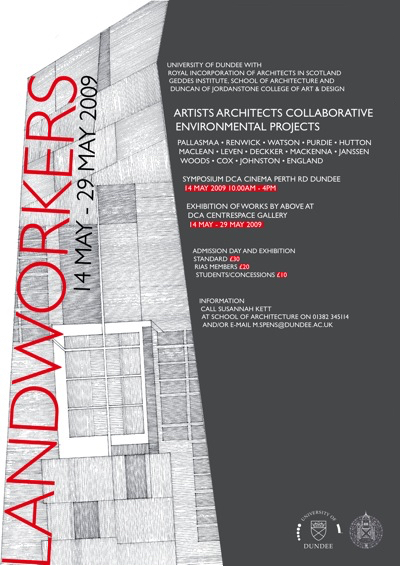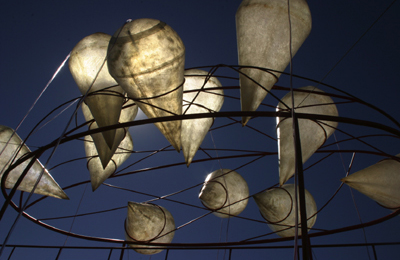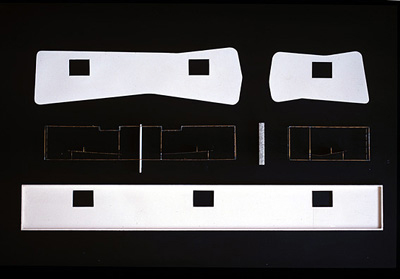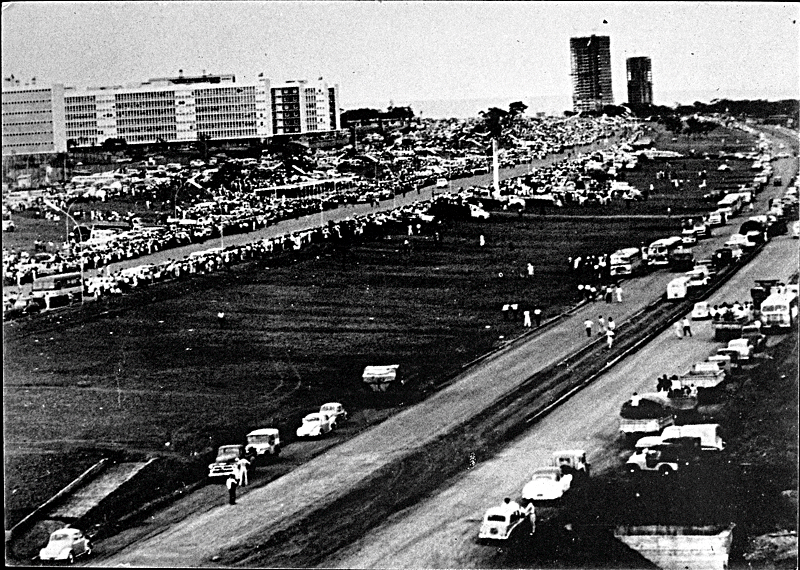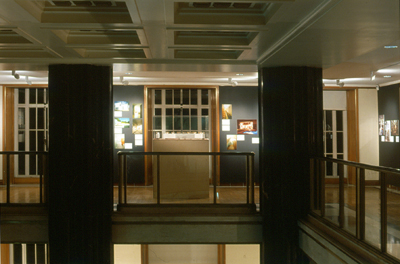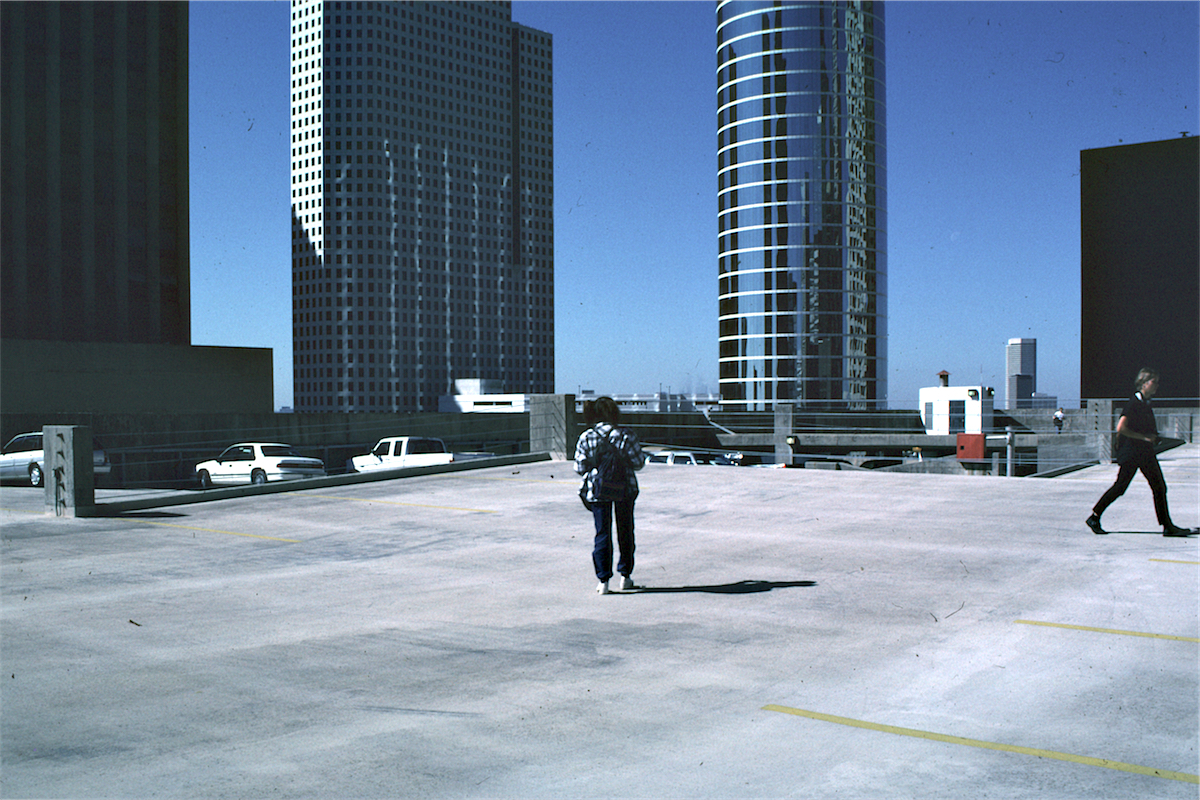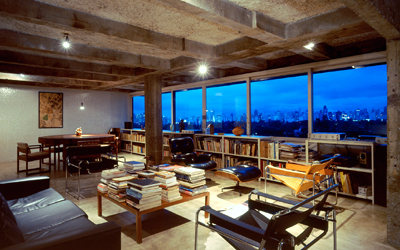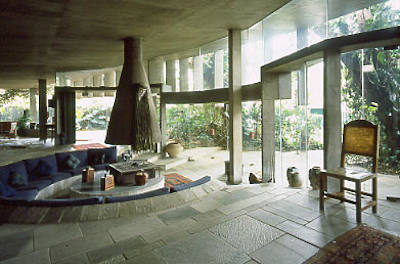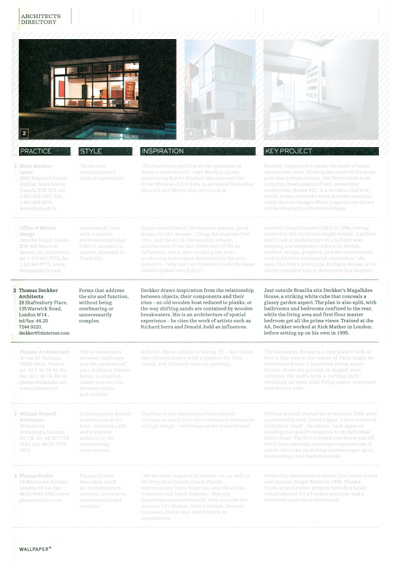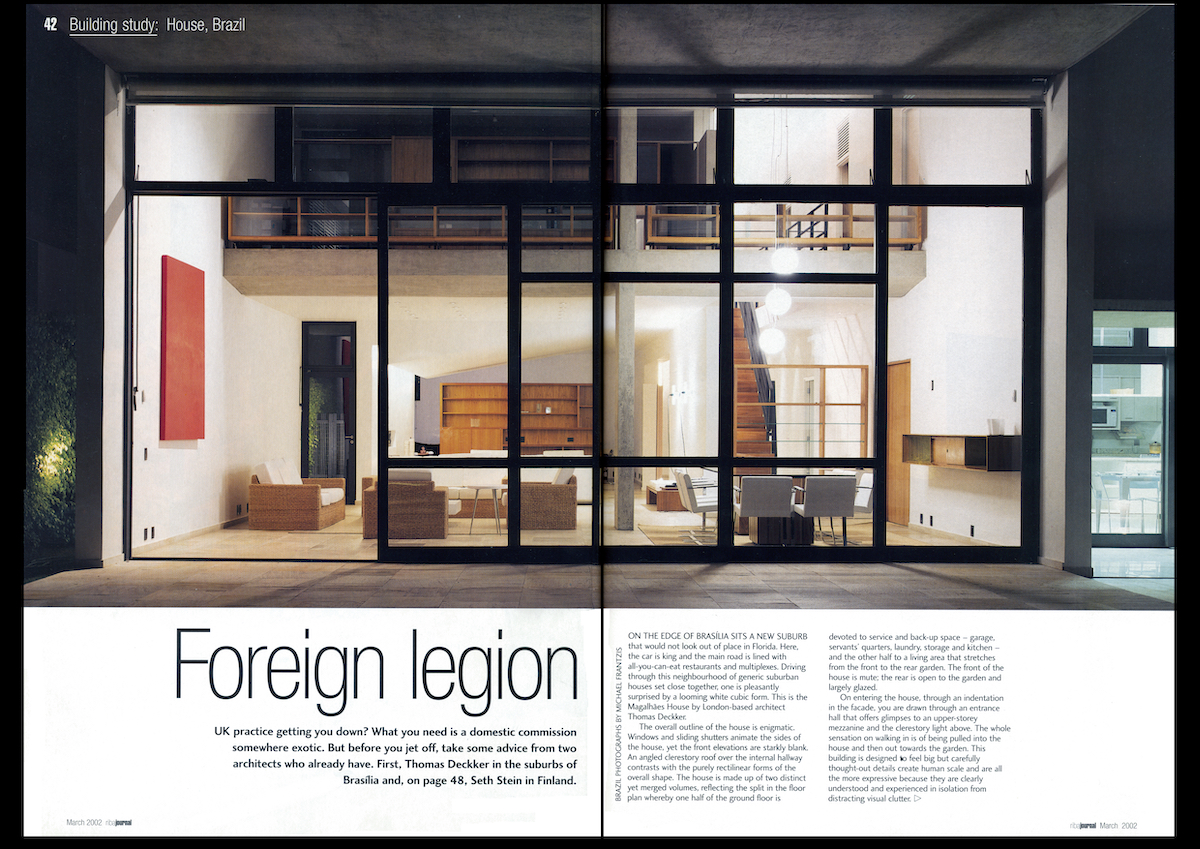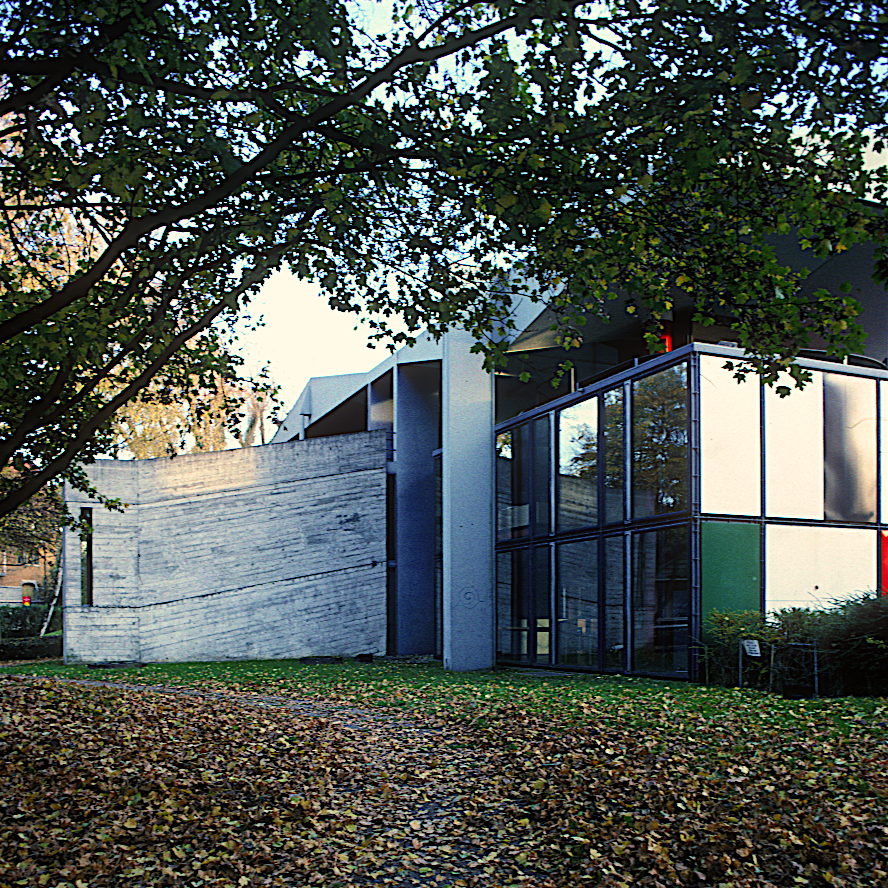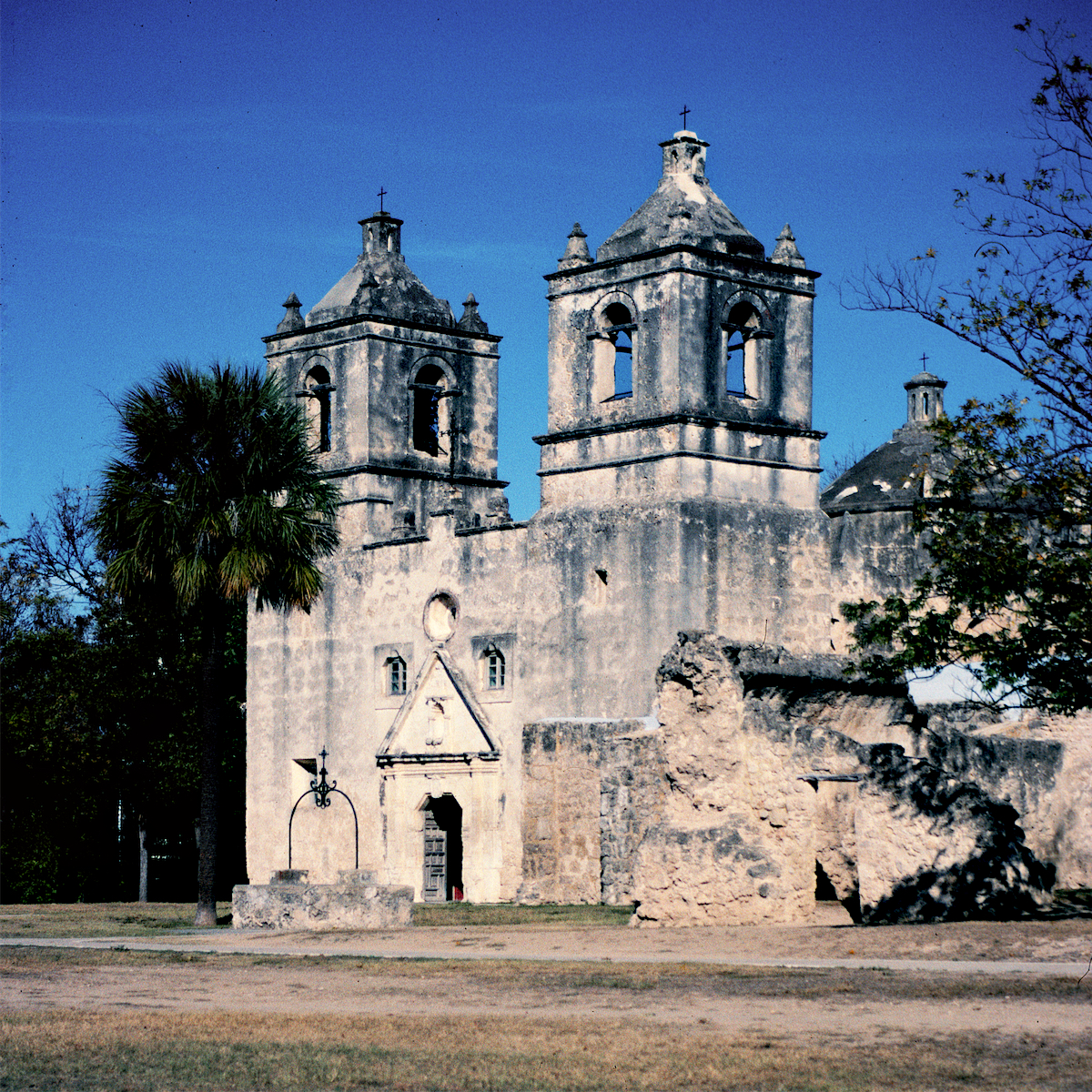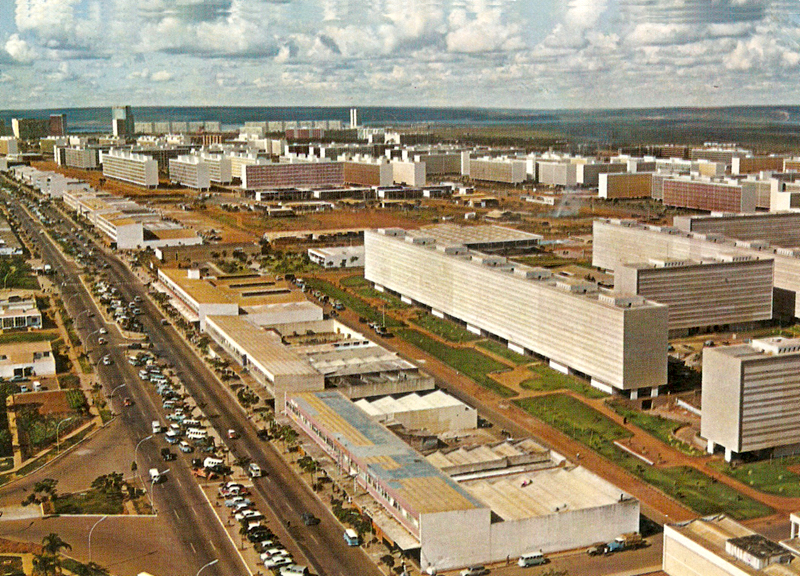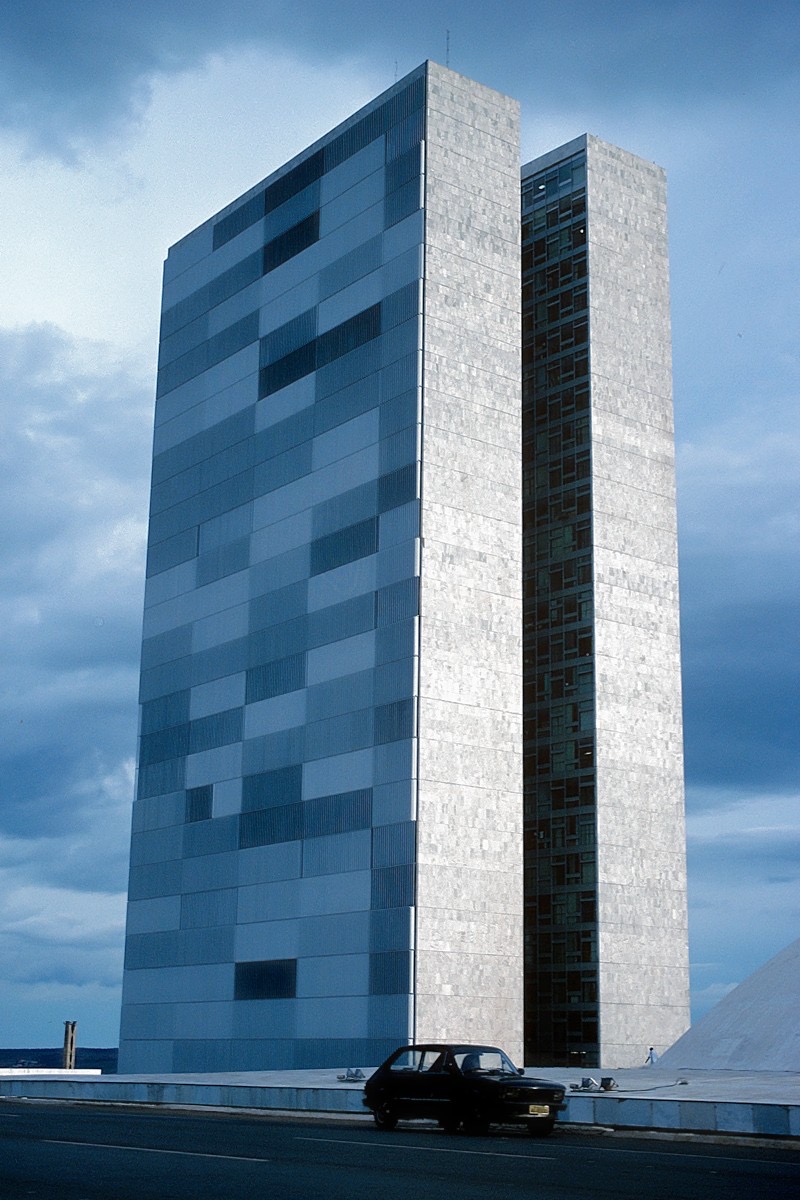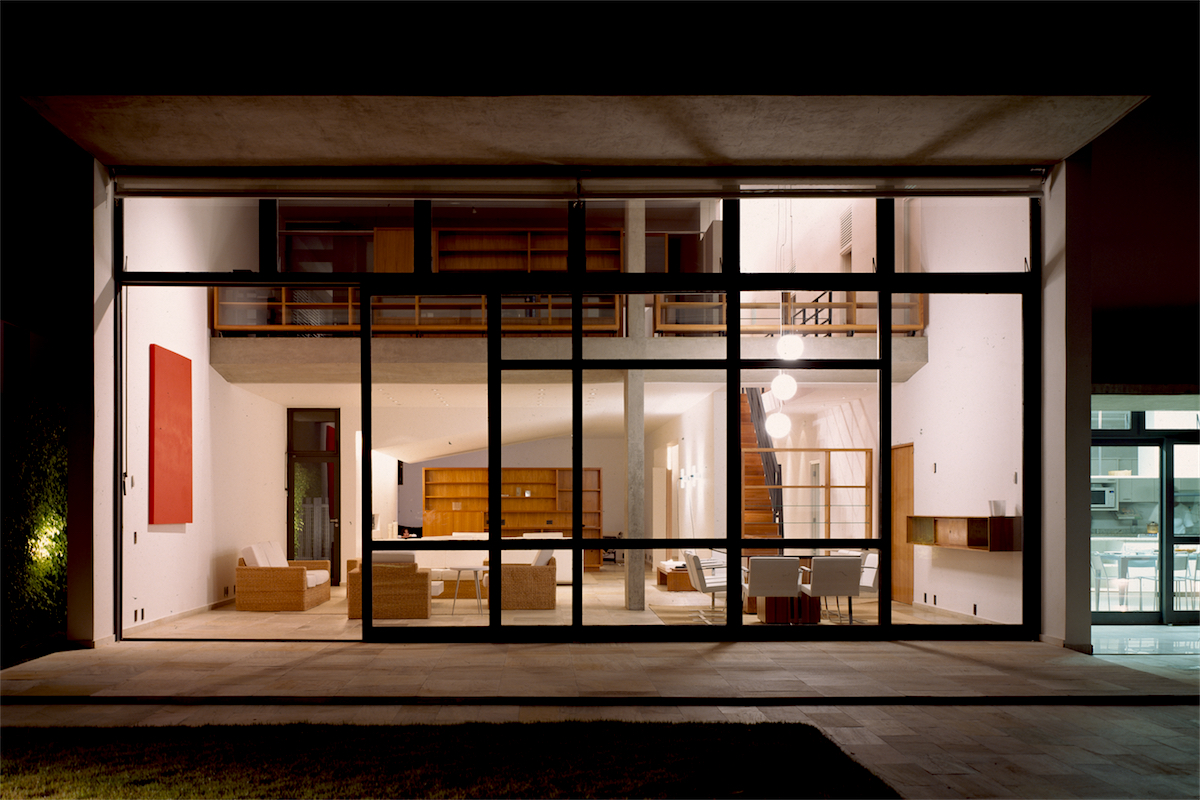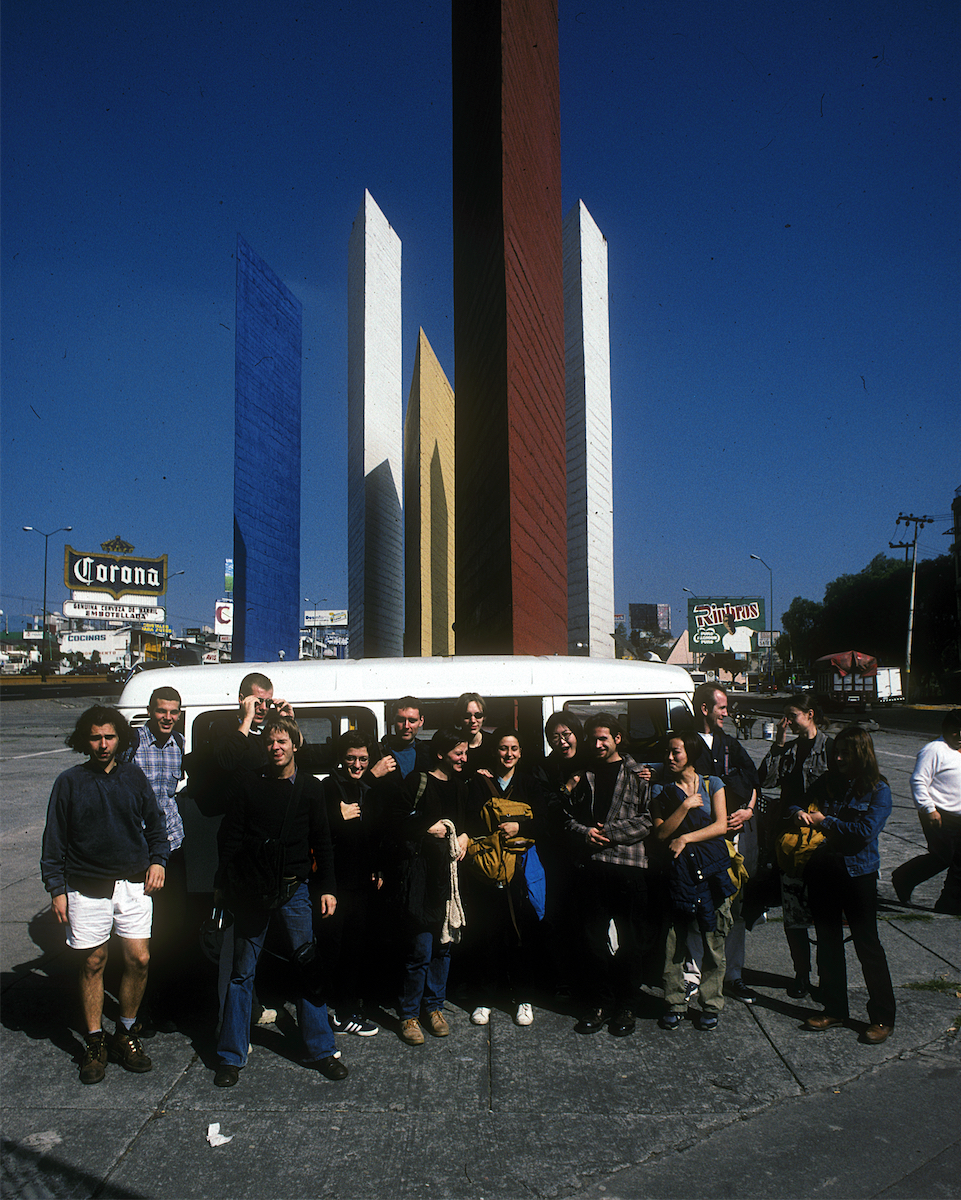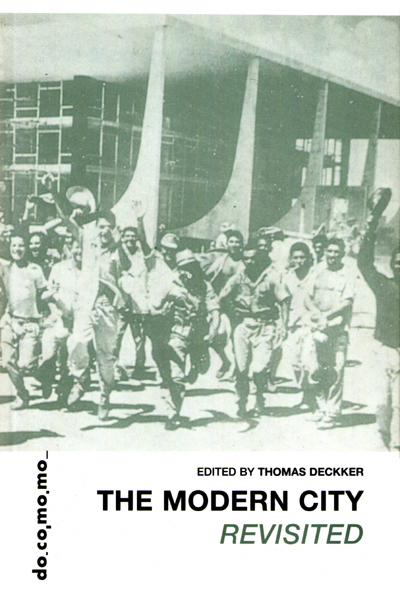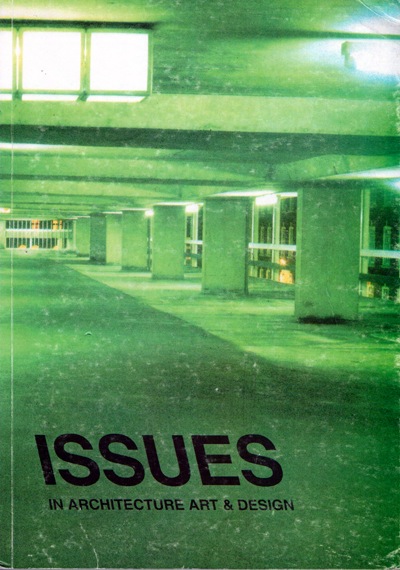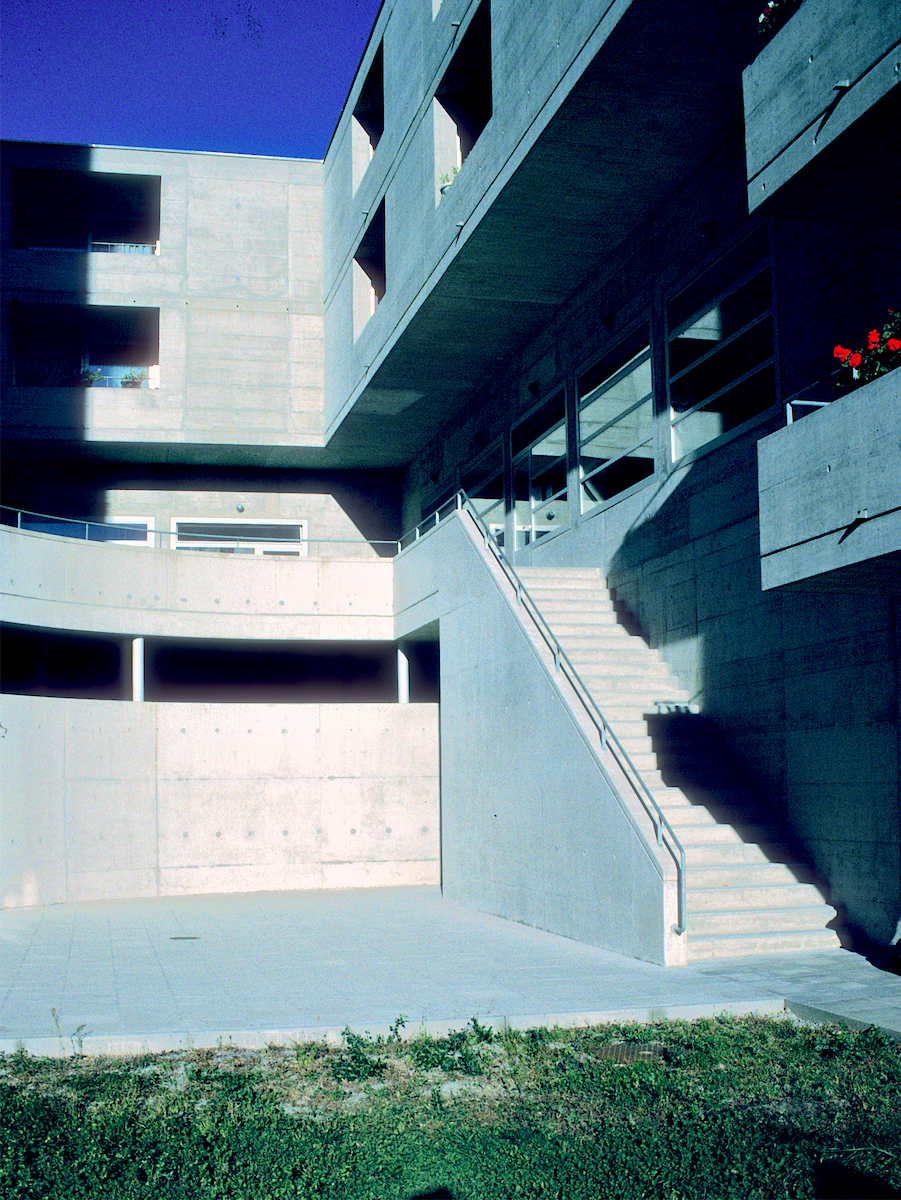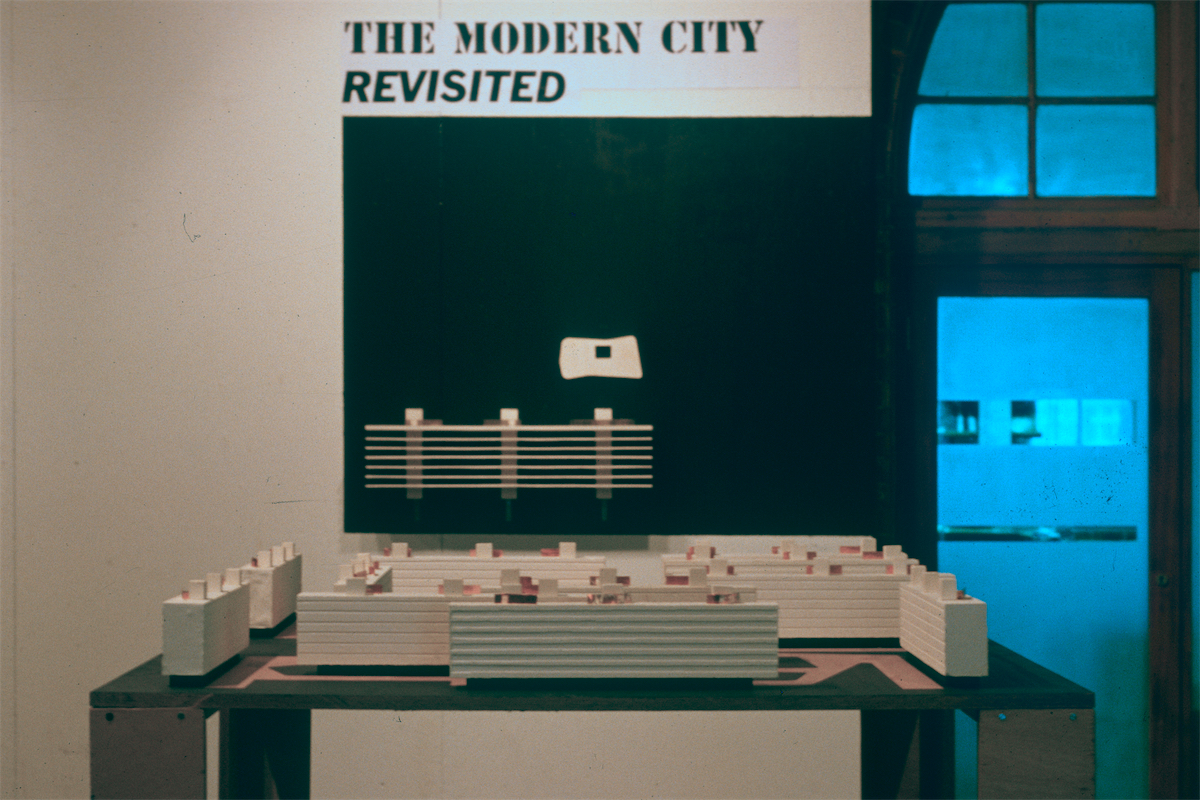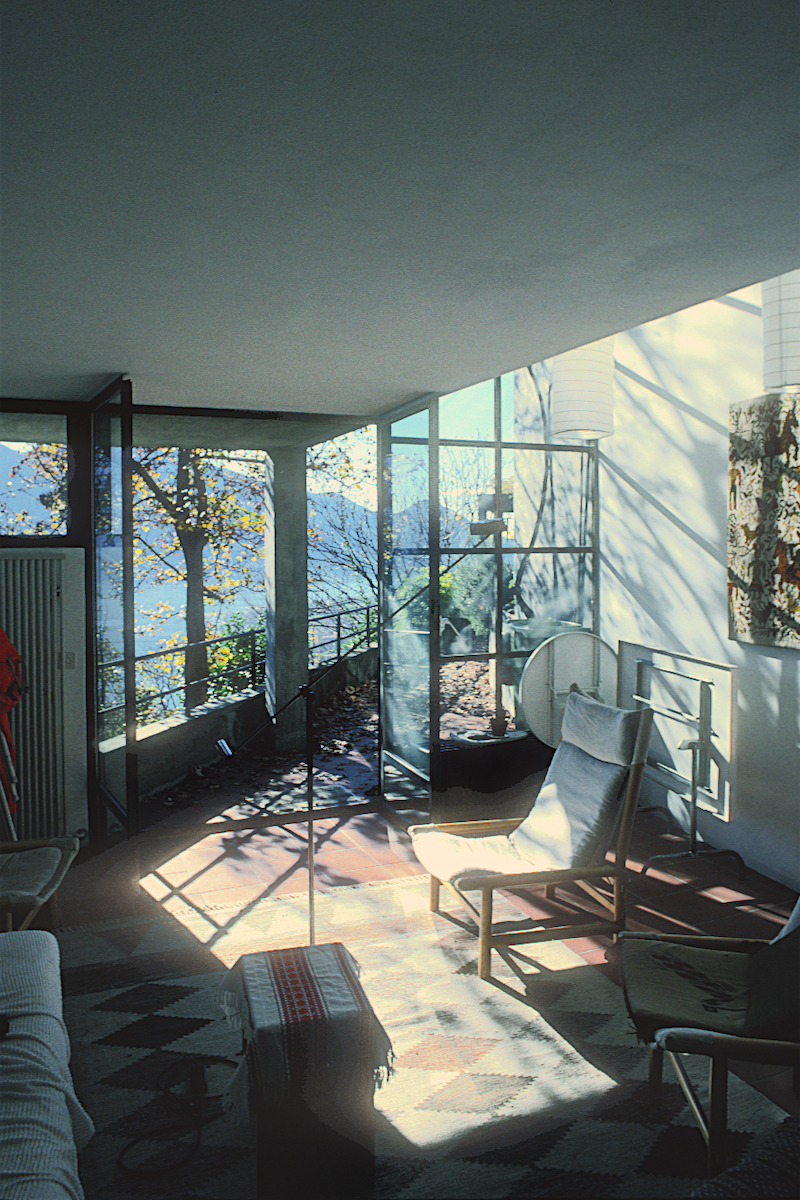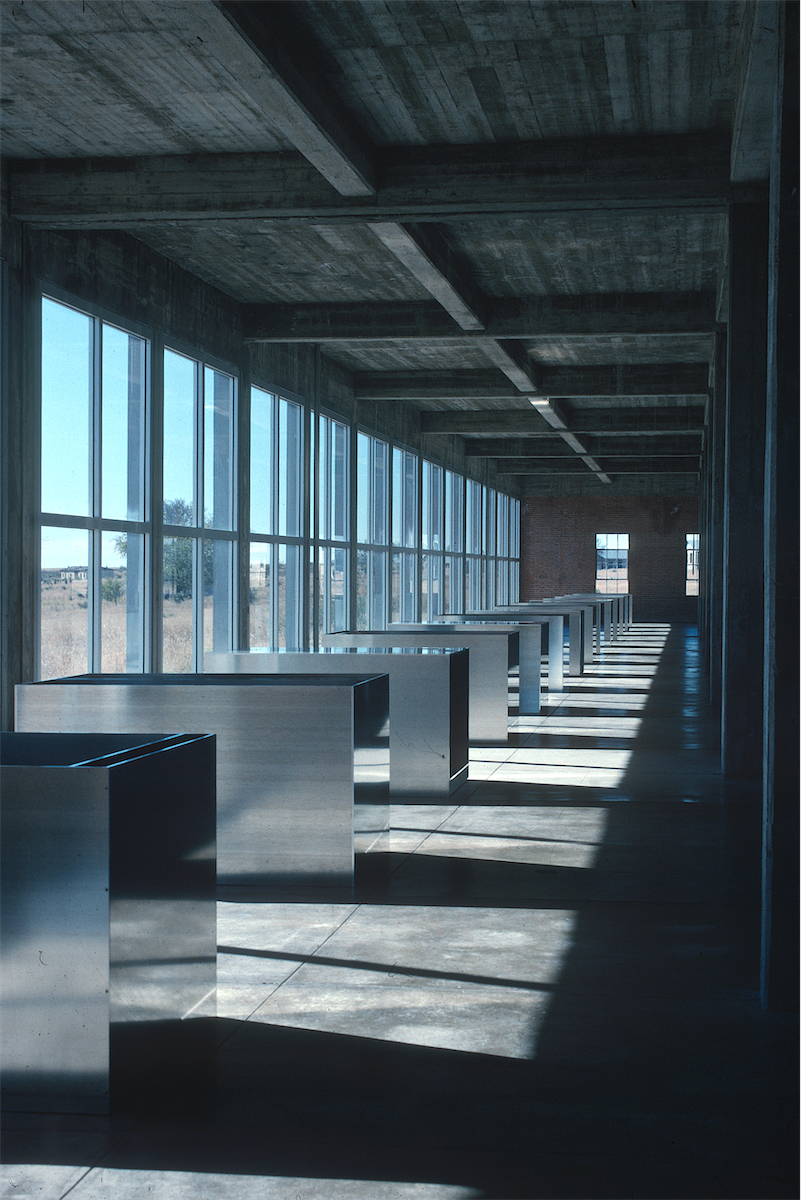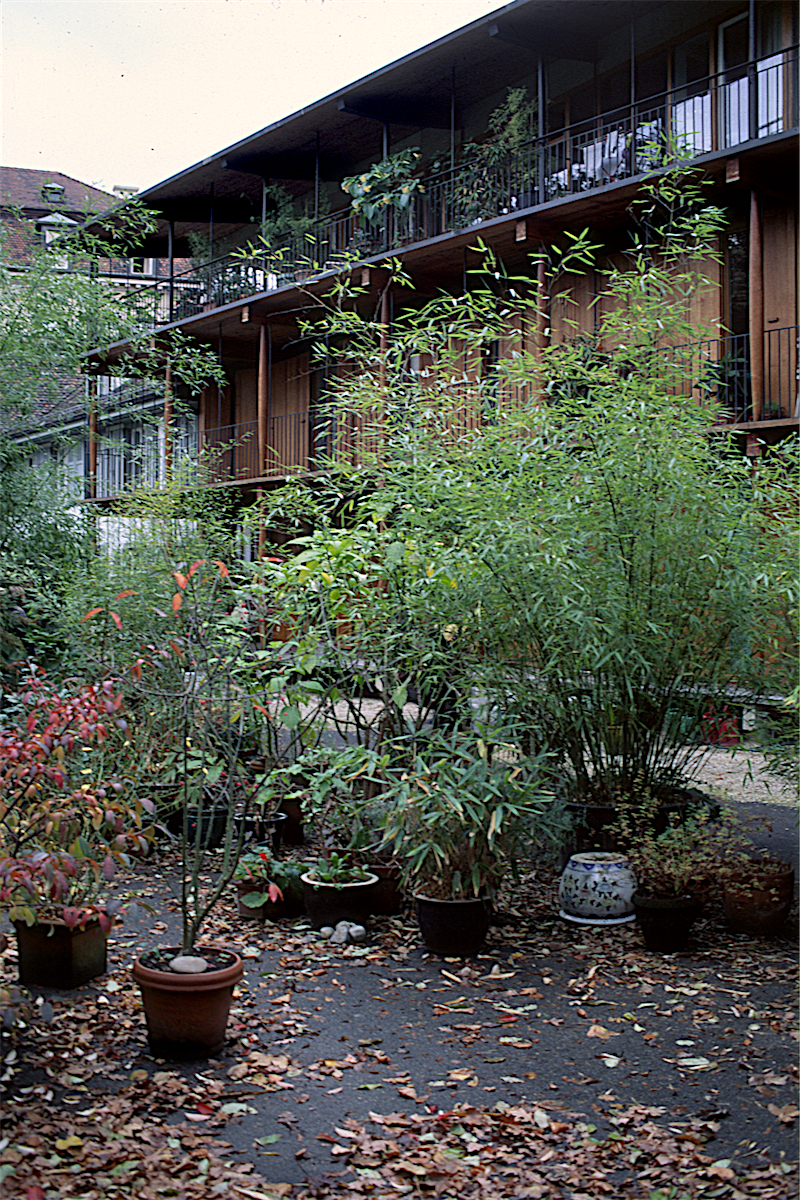thomas
deckker
architect
Talks at Veretec
2022-23
2022-23
BBC: The Inquiry
BBC World Service 2019
BBC World Service 2019
Brasilia: Life Beyond Utopia
Brazil Institute, Kings College London 2016
Brazil Institute, Kings College London 2016
Brasilia: Life Beyond Utopia
Architectural Design [April 2016]
Architectural Design [April 2016]
Two exhibitions for the McAslan Gallery
McAslan Gallery 2016
McAslan Gallery 2016
Edzell Castle: Architectural Treatises in Late 16th Century Scotland
Garden History Society 2014
Garden History Society 2014
Architecture and the Humanities
Architectural Research Quarterly 2014
Architectural Research Quarterly 2014
Urban Planning in Rio 1870-1930: the Construction of Modernity
Brazil Institute, Kings College London 2014
Brazil Institute, Kings College London 2014
Review of Remaking London: Design and Regeneration in Urban Culture
Architectural Research Quarterly 2013
Architectural Research Quarterly 2013
Life's a Beach: Oscar Niemeyer, Landscape and Women
The Rest is Noise Festival
South Bank, London 6 October 2013
The Rest is Noise Festival
South Bank, London 6 October 2013
BBC: Last Word
BBC Radio 4 7 & 9 December 2012
BBC Radio 4 7 & 9 December 2012
Brasilia: Fictions and Illusions
Brazil Institute, Kings College London 2012
Brazil Institute, Kings College London 2012
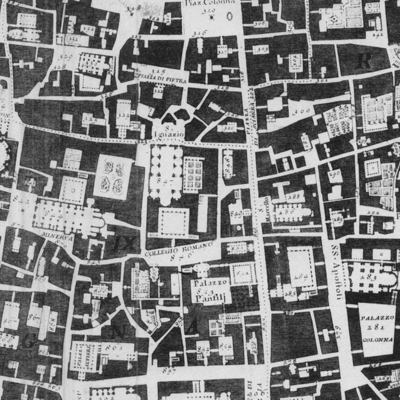
Connected Communities Symposium
University of Dundee 2011
University of Dundee 2011
Architecture + ESI: an architect's perspective
FESI [The UK Forum for Engineering Structural Integrity] 2011
FESI [The UK Forum for Engineering Structural Integrity] 2011
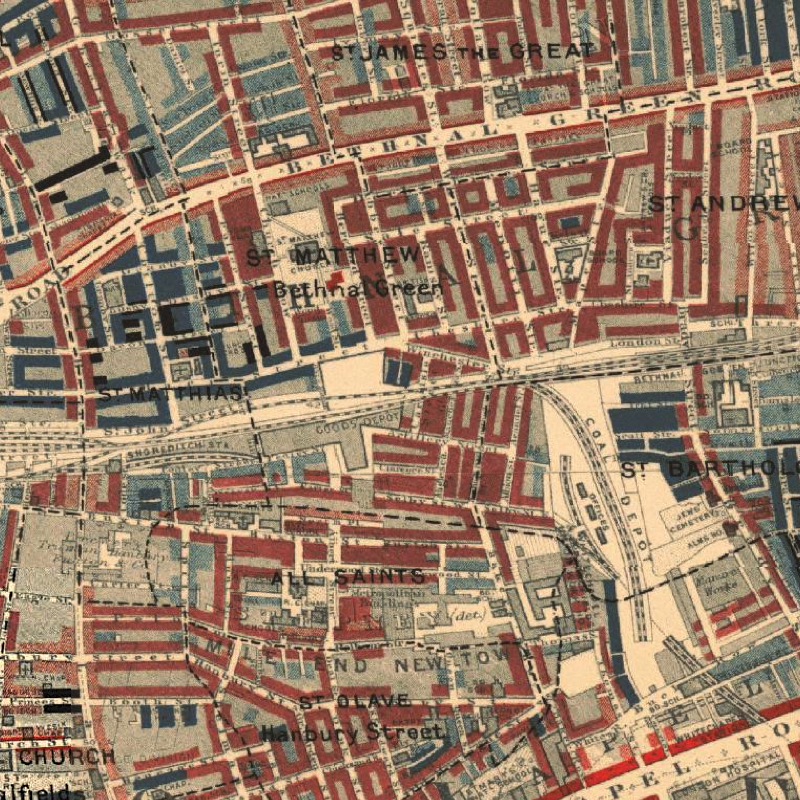
Review of Mapping London
Architectural Research Quarterly 2010
Architectural Research Quarterly 2010
The Studio of Antonio Carlos Elias
Epulis Fissuratum [Brasilia 2006]
Epulis Fissuratum [Brasilia 2006]
Urban Entropies: A Tale of Three Cities
Architectural Design [September 2003]
Architectural Design [September 2003]
New Architecture in Brazil - Photographs by Michael Frantzis
Brazilian Embassy, London
5-6 March 2003
Brazilian Embassy, London
5-6 March 2003
Natural Spirit (Places to Live 007)
Wallpaper* [January/February 2003]
Wallpaper* [January/February 2003]
Architects Directory
Wallpaper* [July/August 2002]
Wallpaper* [July/August 2002]
Foreign Legion RIBA Journal [March 2002]
Architects and Technology
The Encyclopaedia of Architectural Technology [London: Wiley 2002]
The Encyclopaedia of Architectural Technology [London: Wiley 2002]
Mexican-American Architecture
Mexican-American Encyclopaedia [2002]
Mexican-American Encyclopaedia [2002]
In the Realm of the Senses
Architectural Design [July 2001]
Architectural Design [July 2001]
Thomas Deckker: Two Projects in Brasilia
Architectural Design [Oct 2000]
Architectural Design [Oct 2000]
First International Seminar on the Teaching of the Built Environment [SIEPAC]
University of Sao Paulo, Brazil
13-15 Sept 2000
University of Sao Paulo, Brazil
13-15 Sept 2000
Issues in Architecture Art & Design
vol. 6 no. 1 [University of East London 2000]
vol. 6 no. 1 [University of East London 2000]
Monte Carasso: The re-invention of the site
Issues in Architecture Art & Design vol. 5 no. 2 [University of East London 1998]
Issues in Architecture Art & Design vol. 5 no. 2 [University of East London 1998]
Specific Objects / Specific Sites
Rethinking the Architecture / Landscape Relationship, University of East London,
26-28 Mar 1996
Rethinking the Architecture / Landscape Relationship, University of East London,
26-28 Mar 1996
Herzog & deMeuron
Issues in Architecture Art & Design vol. 3 no. 2 [University of East London 1994]
Issues in Architecture Art & Design vol. 3 no. 2 [University of East London 1994]

Giambattista Nolli: Map of Rome 1748
Connected Communities Symposium
University of Dundee, Monday 12 September 2011
An AHRC-funded Connected Communities Symposium
The aim of this project is to investigate our perception that architecture's relationship to subjects commonly involved in the consideration of community (or communities) is noticeable by its absence. We have described it as a lacuna.
The disciplines we have in mind include anthropology, archaeology, economics, geography, politics, philosophy, psychoanalysis, psychology and sociology; we define architecture as the spatial environment. In the accounts by these disciplines of architecture's role in our material culture, it generally figures by its absence.
Marshall McLuhan has said that a fish only learns what water is when it is beached and so it may be the fate of the ambient environment to be consigned to the background. Nevertheless our project implicitly argues for the reintroduction of architecture to a central position in approaches to issues of the built environment. Architecture is the art and practice of forming space, and the built environment is ineluctably spatial. Our impression is that other disciplines' consideration of a built environment tends to miss its essential characteristics as space, form, physical organisation; in other words they tend to miss its overall intelligibility.
When one approaches questions of well-being in communities this failure to see the link between social and spatial formations becomes critical.
The disciplines we have in mind include anthropology, archaeology, economics, geography, politics, philosophy, psychoanalysis, psychology and sociology; we define architecture as the spatial environment. In the accounts by these disciplines of architecture's role in our material culture, it generally figures by its absence.
Marshall McLuhan has said that a fish only learns what water is when it is beached and so it may be the fate of the ambient environment to be consigned to the background. Nevertheless our project implicitly argues for the reintroduction of architecture to a central position in approaches to issues of the built environment. Architecture is the art and practice of forming space, and the built environment is ineluctably spatial. Our impression is that other disciplines' consideration of a built environment tends to miss its essential characteristics as space, form, physical organisation; in other words they tend to miss its overall intelligibility.
When one approaches questions of well-being in communities this failure to see the link between social and spatial formations becomes critical.
Neil Burford / Thomas Deckker / Lorens Holm / Charles Rattray
24 August 2011
24 August 2011
Thomas Deckker wrote the main paper "Architecture and its Communities". This text has been published in Architectural Research Quarterly.
This project was undertaken under the auspices of the Geddes Institute for Urban Research, an interdisciplinary research institute within the University of Dundee whose aim is to provide a focal point and forum for urban research within the University.
This project was undertaken under the auspices of the Geddes Institute for Urban Research, an interdisciplinary research institute within the University of Dundee whose aim is to provide a focal point and forum for urban research within the University.
